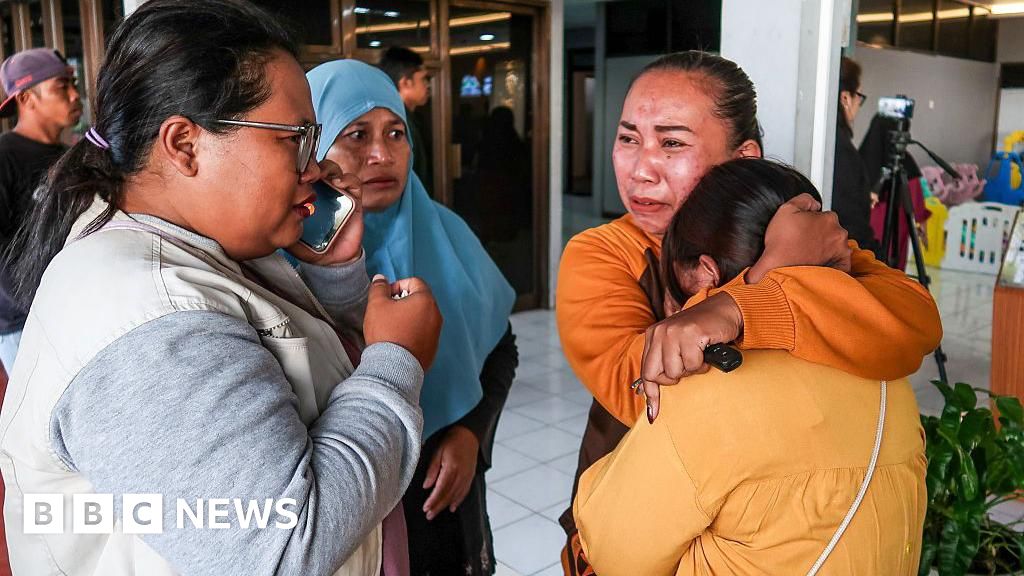Ferry Disaster Off Bali Leaves Dozens Missing Amid Search Efforts

Dozens of people are missing following the sinking of a ferry off Indonesia’s tourist island of Bali, according to rescue officials. The vessel, carrying 53 passengers and 12 crew members, sank at 23:20 local time (15:35 GMT) on Wednesday. It was en route to Bali from Banyuwangi, located on the eastern coast of Java island, as reported by the Surabaya office of the National Search and Rescue Agency.
The search operation, which began in the early hours of Thursday, has so far resulted in the rescue of four passengers found on a lifeboat. Meanwhile, efforts to locate additional survivors continue. Photos released by Antara news agency depict ambulances on standby and anxious residents gathered by the roadside, awaiting news of their loved ones. Investigations are underway to determine the cause of the sinking, with initial reports from the ferry operator indicating engine trouble shortly before the incident.
Frequent Marine Accidents in Indonesia
This tragic event highlights a recurring issue in Indonesia, a nation comprised of approximately 17,000 islands, where marine accidents are not uncommon. The archipelago’s vast expanse and the uneven enforcement of safety regulations contribute to a higher incidence of such disasters. According to maritime safety expert Dr. Rina Kartika, “Indonesia’s geography makes ferry travel essential, yet the regulatory framework often falls short in ensuring passenger safety.”
In recent years, Indonesia has witnessed several high-profile maritime accidents. In 2018, a ferry capsized in Lake Toba, North Sumatra, claiming over 160 lives. Such incidents underscore the urgent need for improved safety measures and stricter enforcement of existing regulations.
Investigation and Response
The current investigation into the Bali ferry disaster is being led by the National Transportation Safety Committee (NTSC). Preliminary reports suggest that engine failure may have played a critical role. The NTSC is expected to examine the vessel’s maintenance records and the crew’s adherence to safety protocols.
Local authorities have mobilized additional resources to assist in the search and rescue operations. “Our priority is to find and rescue as many survivors as possible,” stated Agus Haryono, a spokesperson for the National Search and Rescue Agency. “We are coordinating closely with local fishermen and utilizing all available assets.”
Implications for Indonesia’s Maritime Safety
The sinking of the ferry off Bali has reignited discussions about maritime safety in Indonesia. Experts argue that the government must prioritize the modernization of its fleet and enhance training programs for crew members. “Investment in newer, safer vessels and comprehensive training is essential to prevent future tragedies,” noted maritime analyst Budi Santoso.
Moreover, the incident has prompted calls for international collaboration to improve safety standards. Indonesia could benefit from partnerships with countries that have advanced maritime safety protocols, such as Japan and Norway, to develop a more robust regulatory framework.
As the search for survivors continues, the focus remains on immediate rescue efforts. However, the broader implications of this disaster will likely influence policy discussions and safety reforms in the months to come. The government faces mounting pressure to address the systemic issues that have long plagued its maritime industry.
Additional reporting by Hanna Samosir in Jakarta.






